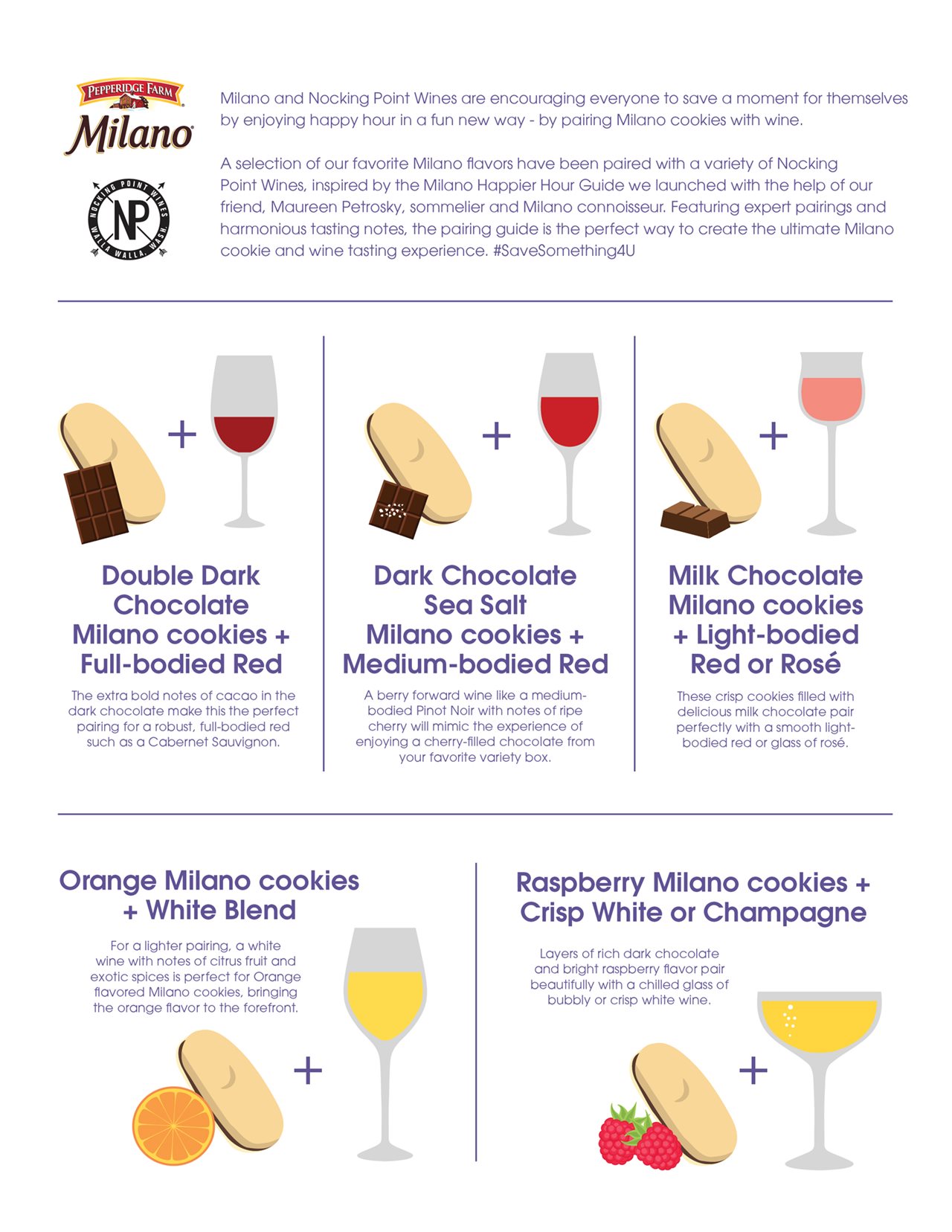2020-05-27T08:07:00
(BPT) – At a time when you may be craving comfort food more than ever, specialty cheeses make it easy to bring a little more indulgence — and a lot of flavor — to your home-cooked meals and snacks. Simply switching to different varieties, such as a buttery havarti or a sharp blue cheese, can easily elevate your go-to dishes.
Everyday comfort foods like macaroni and cheese, omelets, grilled cheese sandwiches and burgers, can benefit from the marvelous meltiness of havarti or a tangy kick of blue.
Both cheeses are ideal to add to classic comfort foods, according to Katlin Sautner, New Product Development Manager Castello Cheese. “Havarti is a sliceable cheese with a creamy body that’s mild enough to suit all palates, making it a great choice for the entire family. And while you may be intimidated or even skeptical of the boldness of blue cheese, its unique nutty taste adds more flavor and creaminess to every bite.”
Go on a flavor adventure without leaving home
Here are some tips for incorporating cheese varieties into your meals, along with some cheese pairing ideas for comfort-food snacking.
Mac and cheese: A favorite among all ages, homemade mac & cheese spells comfort food like no other and requires little effort in the kitchen. Havarti cheese is the perfect selection to achieve ultimate creaminess. And, for a truly indulgent meal, try a version made with lobster.
Cheese omelet: Cheesy omelet recipes give a lovely texture to a time-honored, protein-rich breakfast treat; and topping with shredded creamy Havarti adds just a hint of tanginess. Add a salad, and it becomes a simple, flavorful dinner, too.
Blue cheese Bloody Mary burger: What’s better than burgers on the grill? Give an old standard an extra kick with a burger recipe using ketchup made with Bloody Mary mix, horseradish, celery seeds and pepper, topped with onion and crumbled blue cheese that packs a bold punch.
Buffalo hot wings with blue cheese dip: A true classic pairing, a decadent recipe uses traditional Danish blue cheese to take a bar snack favorite to an at-home dining experience. Crumble blue cheese in a bowl with mayonnaise, crème fraiche with a light topping of salt, pepper and honey, and voila! It’s joy in every savory bite.
Cheese pairings to explore: Looking for something new to nibble on throughout the day? Castello cheeses easily lend themselves to grazing and snacking, and both Castello havarti and blue cheeses are available in multiple flavorful varieties. For example, havarti dill cheese pairs well with cut vegetables, while blue cheese, with its sharper tones, pairs beautifully with apples, pears, and another ultimate comfort food: dark chocolate.
For recipes, plus more information and ideas, visit www.castellocheese.com or visit it on Facebook, Instagram and Pinterest.










